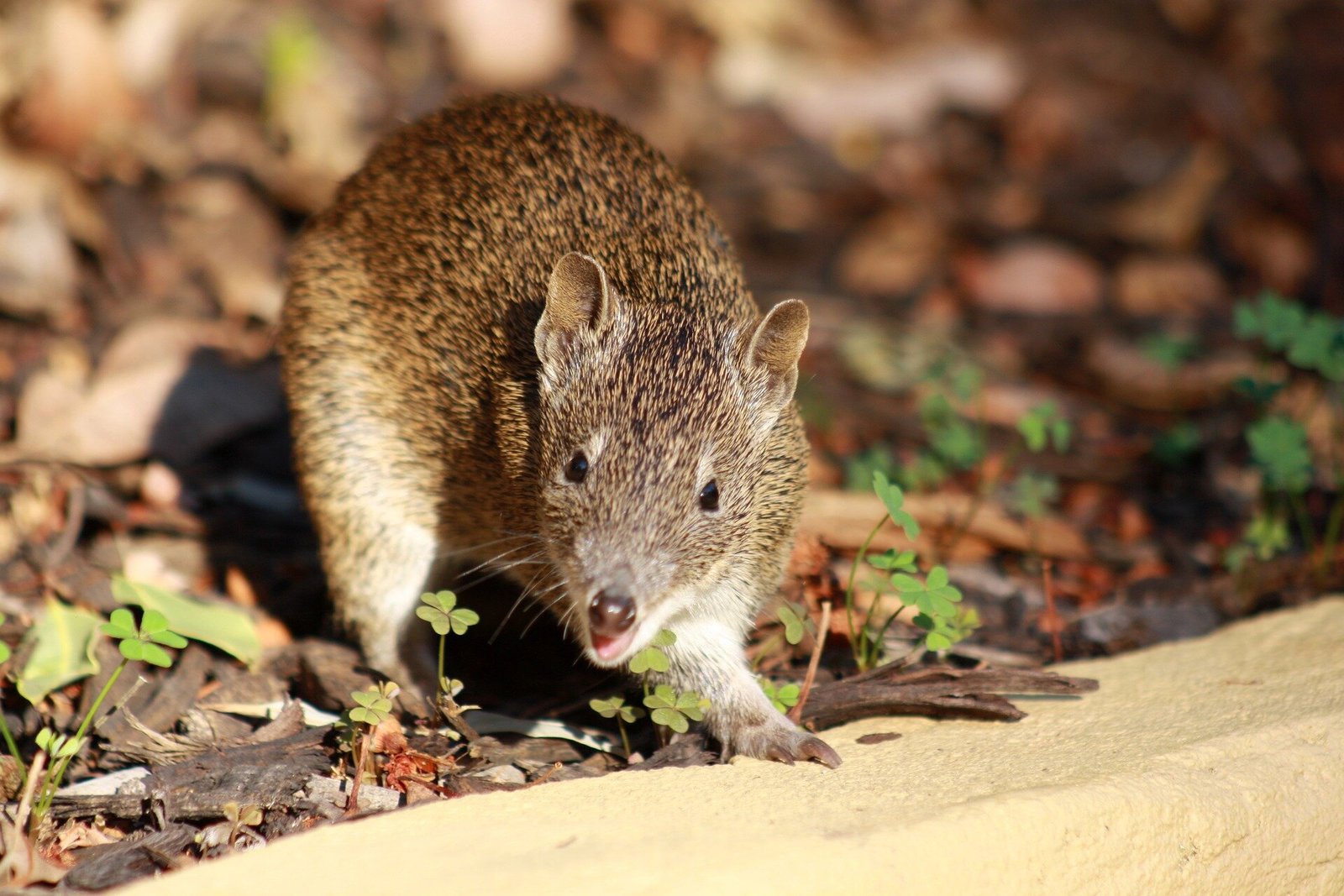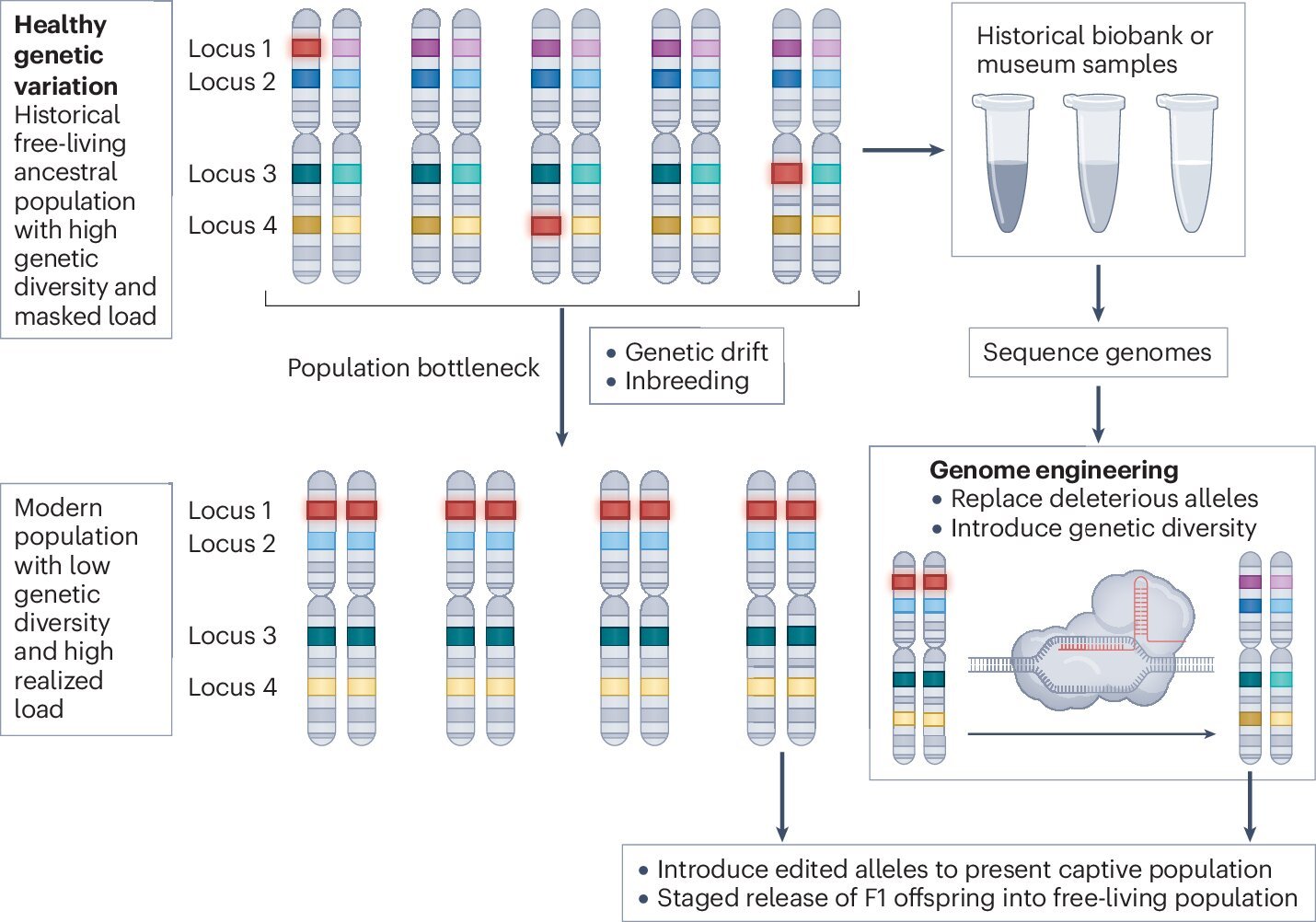
Ecologists in Australia were treated to an “adorable” surprise while reviewing thousands of images captured by their motion sensor field cameras.
There among the photos was “a female bandicoot with three young at foot,” according to a July 15 news release from the Australian Wildlife Conservancy obtained by McClatchy News.
Experts called the snapshot a “gem” and inspiring, considering the extreme length —literally—they’ve gone to to ensure the species’s survival in the region. Up until recently, the species had been locally extinct for more than 150 years, decimated by introduced predators like foxes and cats, according to the release.
In August 2023, ecologists flew 66 Shark Bay bandicoots more than 1,800 miles from western Australia to Pilliga State Conservation Area, and have been closely monitoring them ever since.
“Aside from being completely adorable, it gave us great confidence that the bandicoots are breeding and that the population in the Pilliga is growing,” Duffin said in the release.
Experts said the family is a sign that the bandicoot population is becoming self-sustaining, according to the release. Ecologists will continue to closely monitor the species in the coming years.
The Shark Bay bandicoot, also known as western barred bandicoots or marl, is one of six locally extinct mammals the Australian Wildlife Conservancy is attempting to restore across New South Wales in “feral predator-free” areas.
The Pilliga State Conservation Area is about 260 miles northwest of Sydney.
2025 Miami Herald. Distributed by Tribune Content Agency, LLC.
Citation:
Trail camera snaps ‘gem’ of creature locally extinct for 150 years in Australia (2025, July 17)
retrieved 17 July 2025
from https://phys.org/news/2025-07-trail-camera-snaps-gem-creature.html
This document is subject to copyright. Apart from any fair dealing for the purpose of private study or research, no
part may be reproduced without the written permission. The content is provided for information purposes only.




